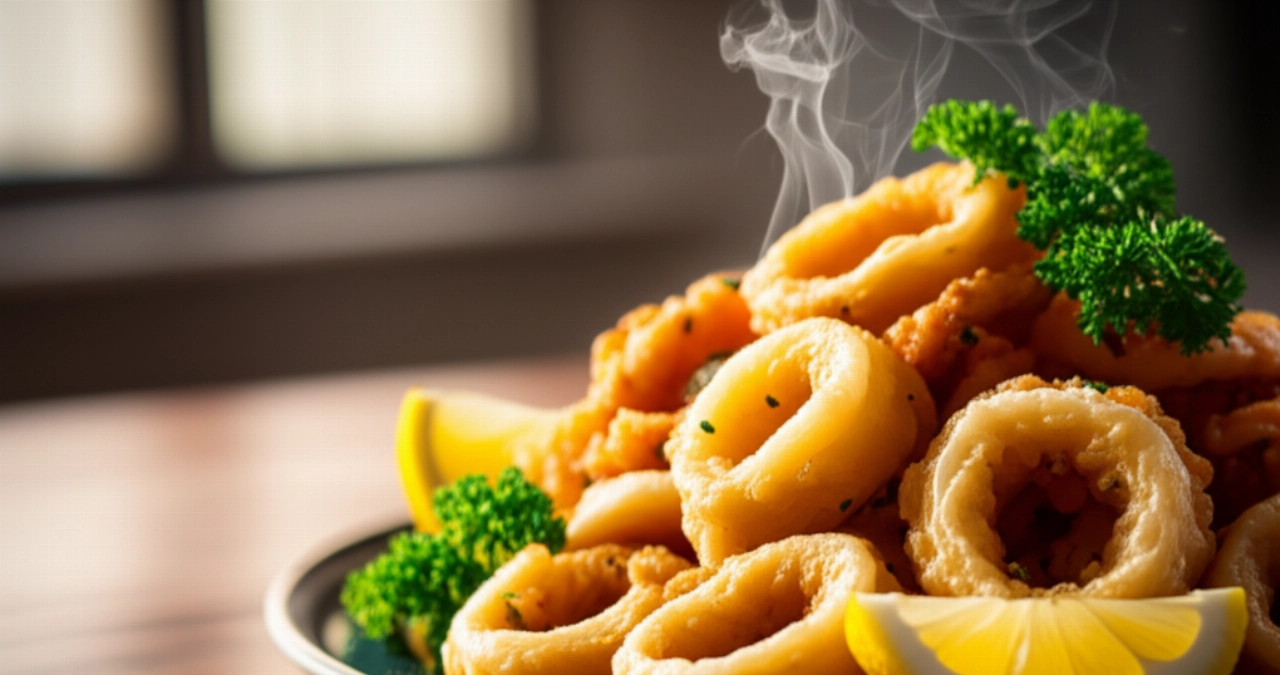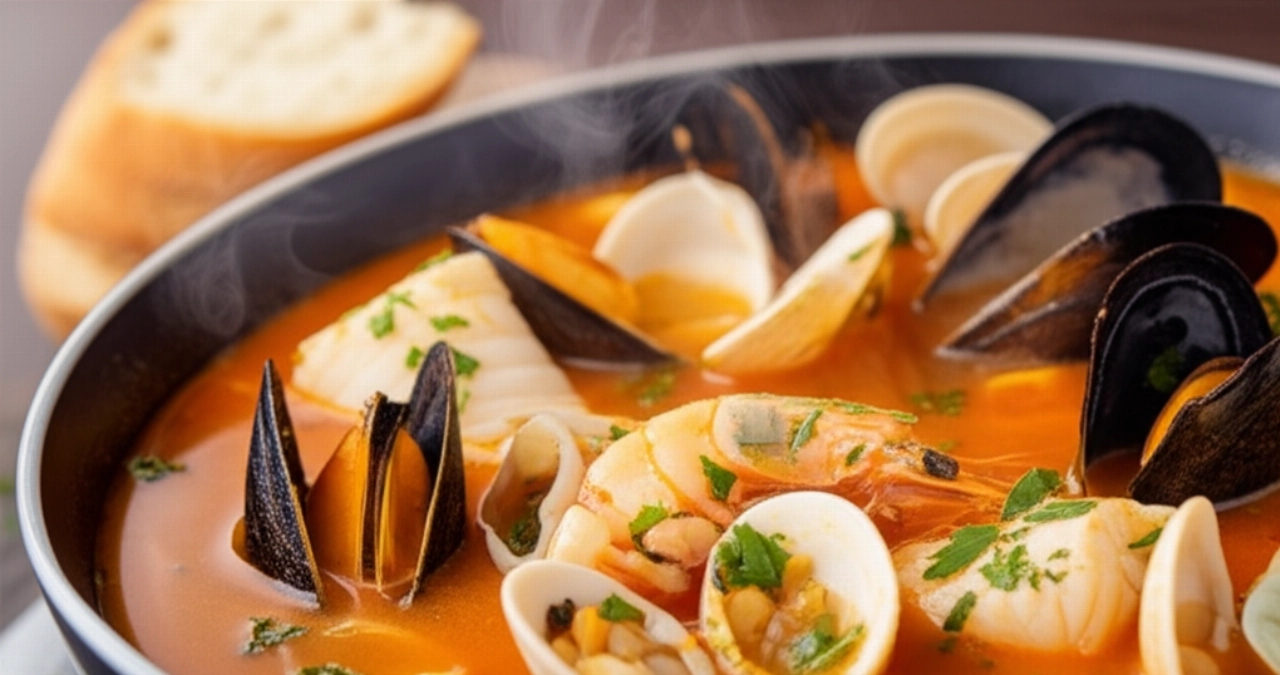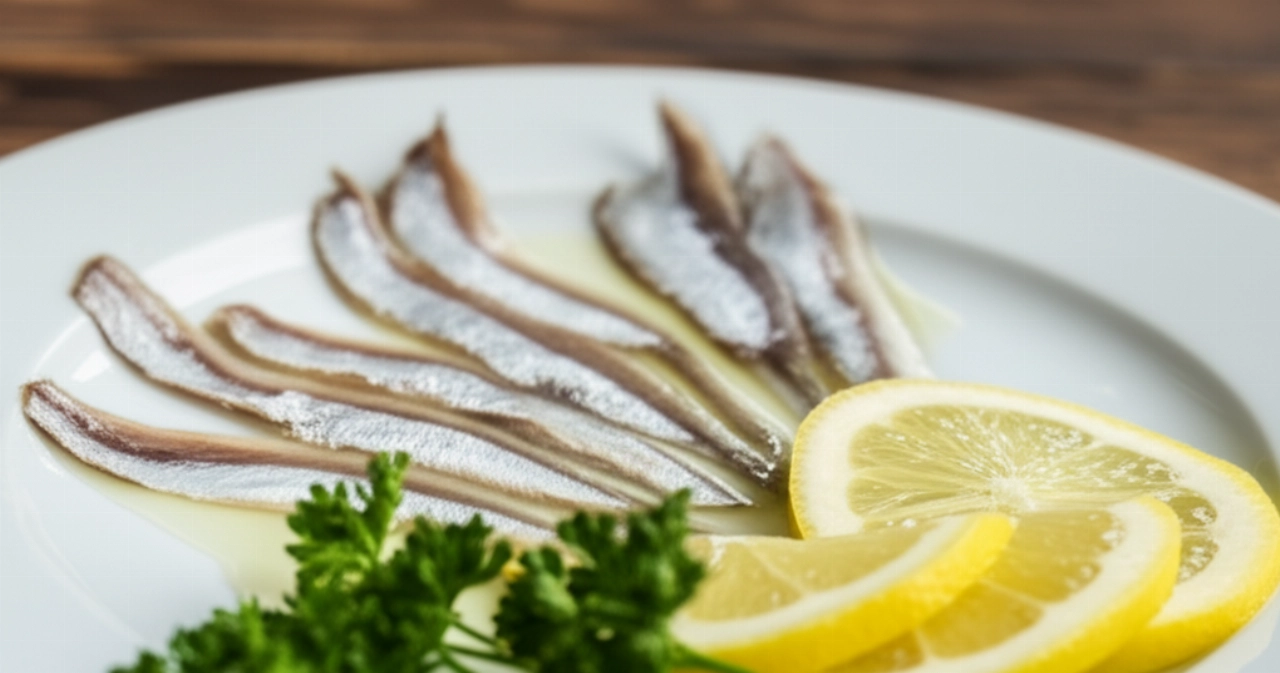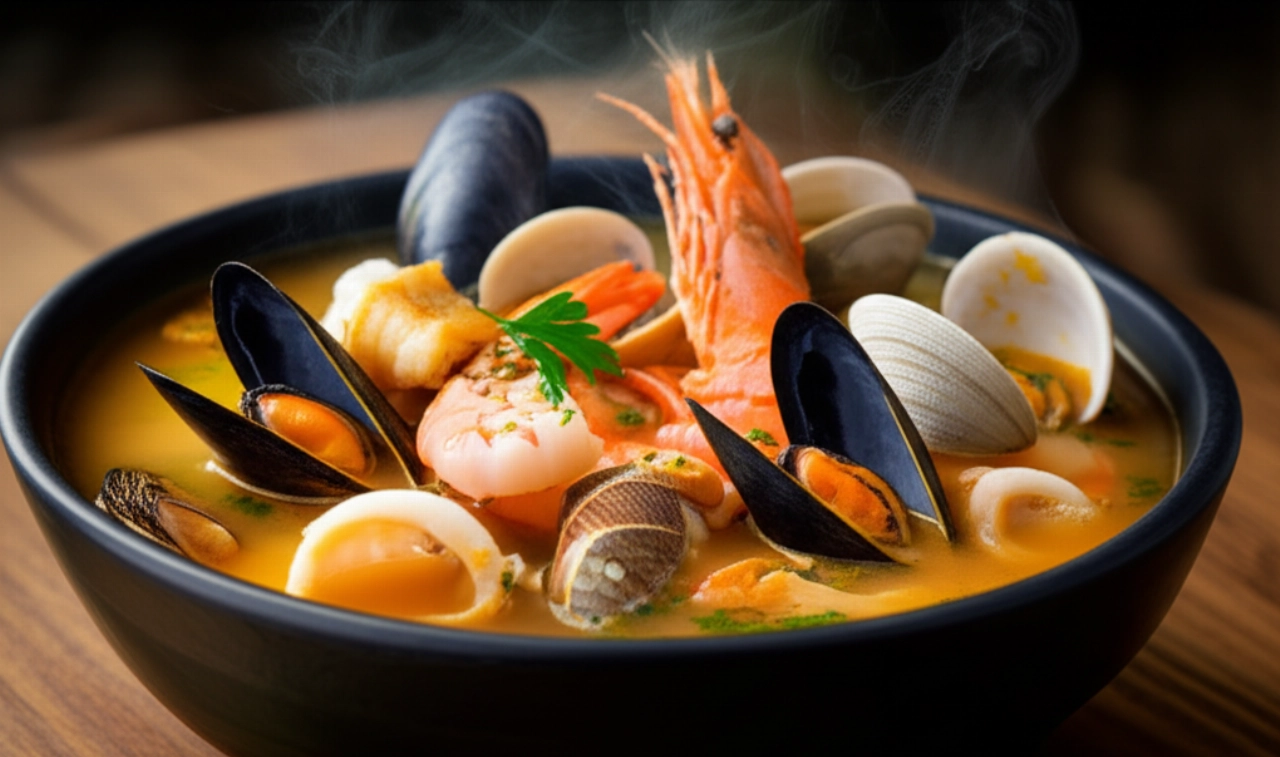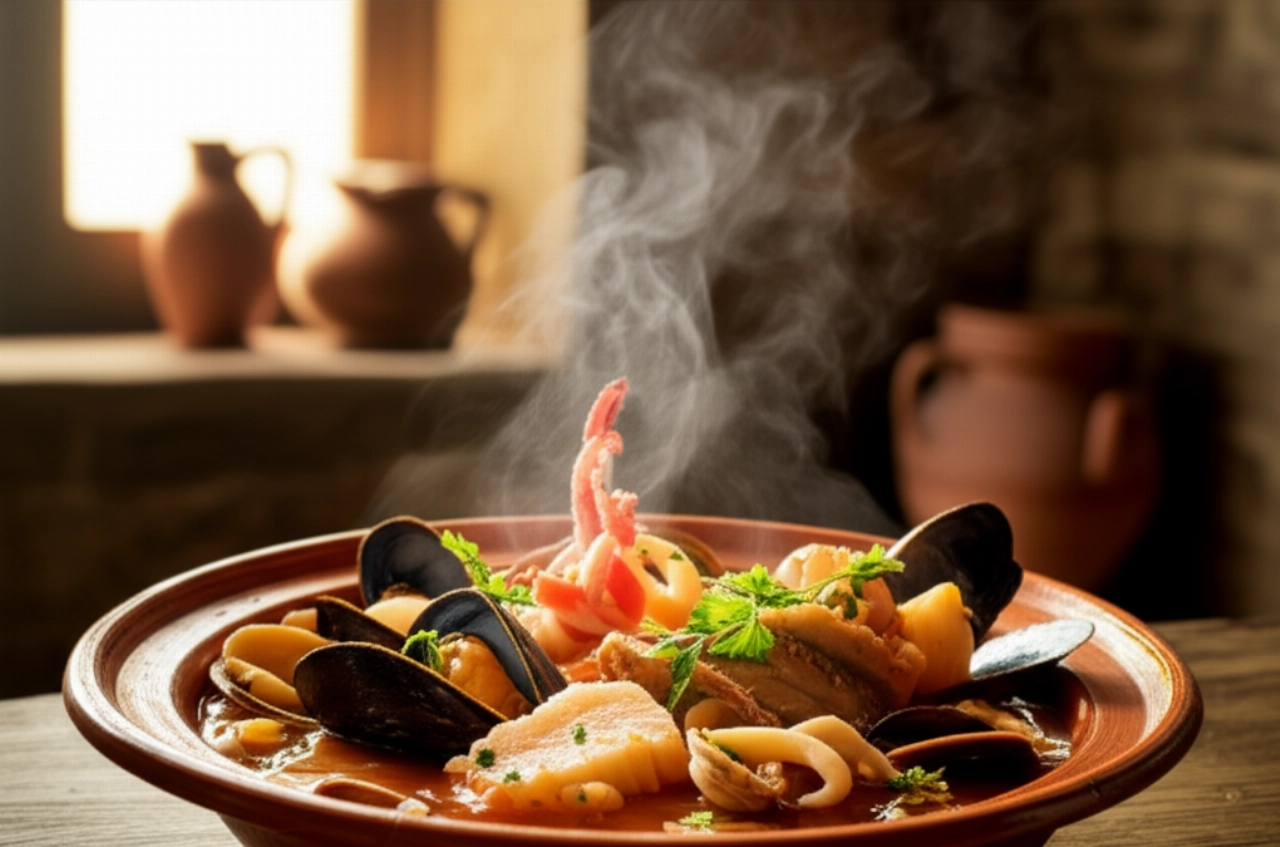There's something magical about the smell of fried fish filling the kitchen, an irresistible call to the flavors of the sea and past summers. Fried anchovies, in particular, are a true ode to simplicity and the authentic taste of our culinary tradition. But how many times have you ended up with soggy, overly greasy, or, worse, bland anchovies that don't do justice to this wonderful oily fish?
I perfectly understand the frustration. Finding the right recipe, one that guarantees an impeccable result, crispy on the outside and tender on the inside, without that annoying greasy feeling, seems like a challenge. But today, make yourself comfortable, because I won't just give you a list of ingredients. I'll reveal all the tricks and secrets my grandmother passed down to me, to prepare Golden Fried Anchovies so perfect you won't be able to do without them. Success is guaranteed, my word!
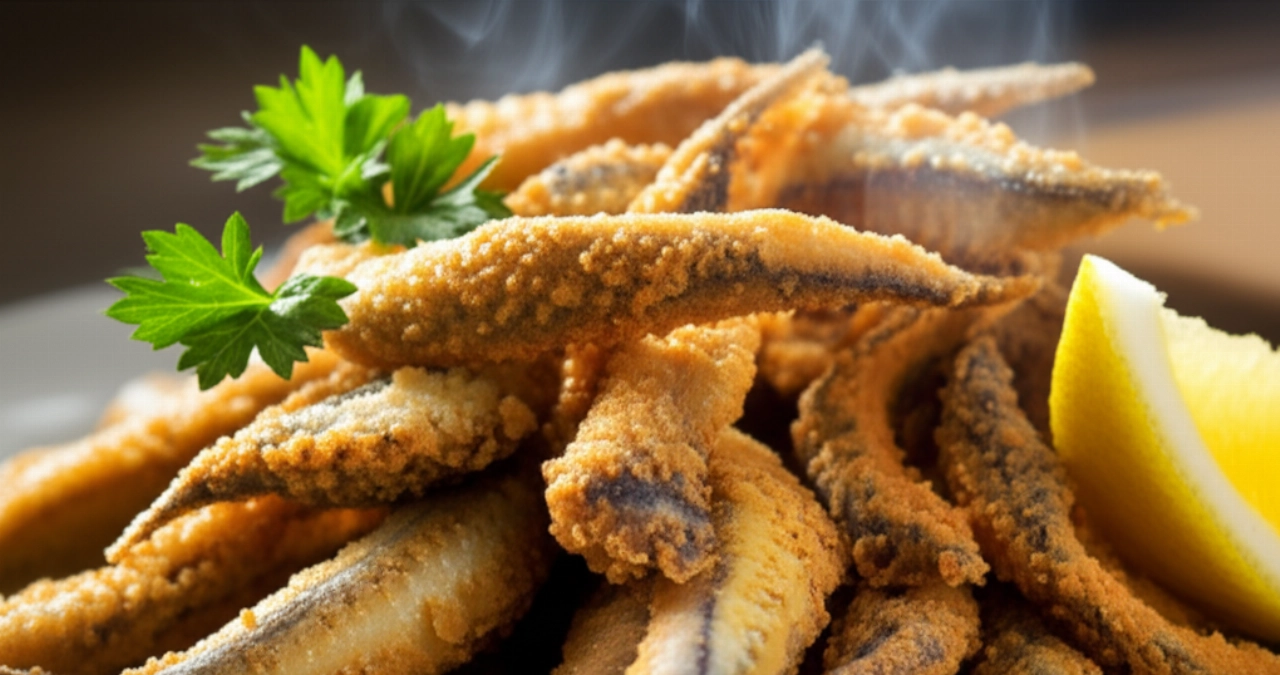
Perfect Fried Anchovies: The Secret is in Ingredient Selection
Like any respectable dish, the quality of ingredients is the first step towards success. It's not just about listing them, but understanding the 'why' behind each choice. You'll see, this is where the magic begins!
- The Anchovies: Freshness is Key. Choose very fresh anchovies, with a delicate sea scent, bright eyes, and firm flesh. If possible, buy them already cleaned from your trusted fishmonger; it will save you precious time. Otherwise, I'll explain how to do it in a flash.
- The Flour: The Crispy Coating. For a light and golden breading, I recommend using durum wheat semolina flour. It absorbs less oil and creates a crispier crust. If you don't have it, all-purpose flour (00 flour) is fine, but semolina makes a difference!
- The Frying Oil: The Heat That Transforms. Forget olive oil for deep frying; it has too low a smoke point. Our ally is peanut oil: it has a high smoke point and a neutral flavor that won't overpower the delicate taste of the fish. It's essential for a light and digestible fry.
- The Salt: The Finishing Touch. Fine salt, to be added only after frying, when the anchovies are still hot. This way, it sticks better and doesn't release moisture during cooking.
- Lemon (Optional): The Freshness That Cleanses the Palate. A squeeze of fresh lemon just before serving will enhance the anchovies' flavor and help cleanse the palate.
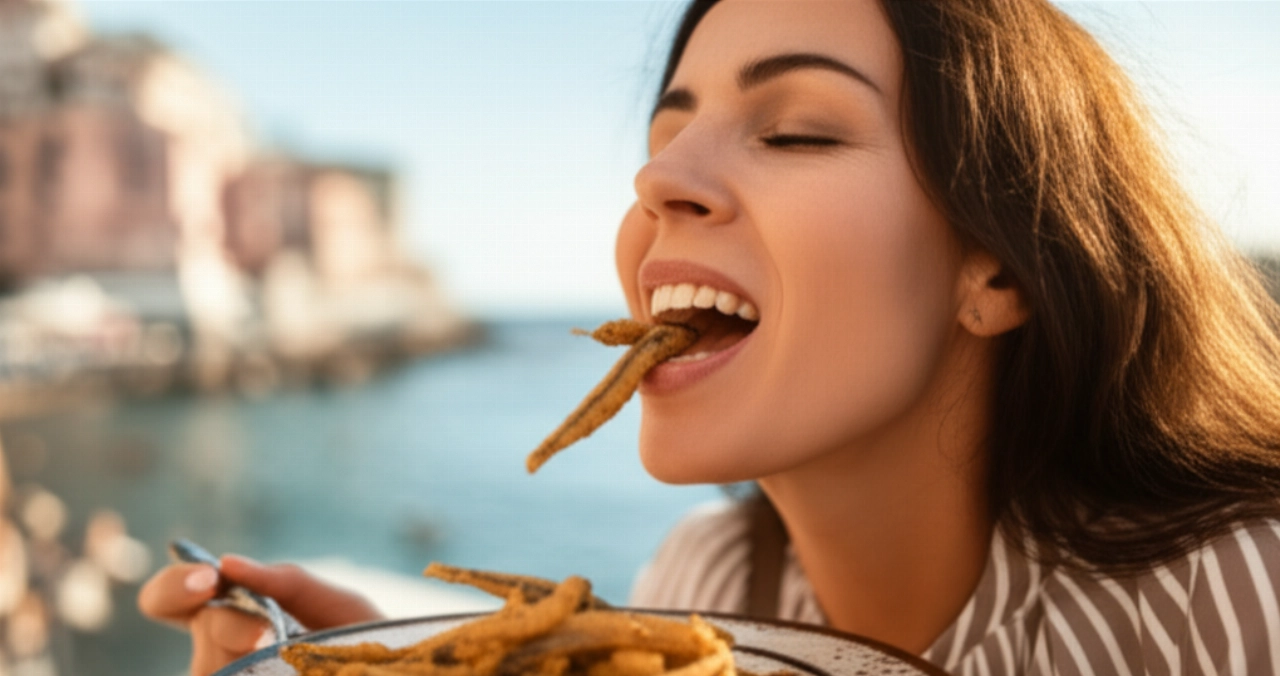
The 3 Common Mistakes to Avoid for a Light and Crispy Fry
As a true guardian of the kitchen, my task is to protect you from the most common mistakes that can turn a masterpiece into a disaster. Take note, these are the true secrets for an impeccable fry!
- Not Perfectly Cleaning and Drying the Anchovies: Moisture is the enemy of crispiness! If the anchovies are not well cleaned (without guts and head) and especially not perfectly dried with absorbent paper, the oil will splatter and the breading won't adhere well, resulting in soggy and greasy fish.
- The Oil is Not at the Right Temperature (or There's Too Little): This is the most frequent mistake. If the oil is too cold, the anchovies will absorb it like a sponge, becoming heavy and greasy. If it's too hot, they will burn on the outside while remaining raw inside. The ideal temperature is around 170-175°C. And don't skimp on the oil: the anchovies must be completely submerged for even cooking.
- Frying Too Many Anchovies Together: I know the temptation is strong, but don't overcrowd the pan! Frying too many anchovies at once drastically lowers the oil temperature, leading to the first problem. Fry a few anchovies at a time, so they have space and the oil maintains its temperature.
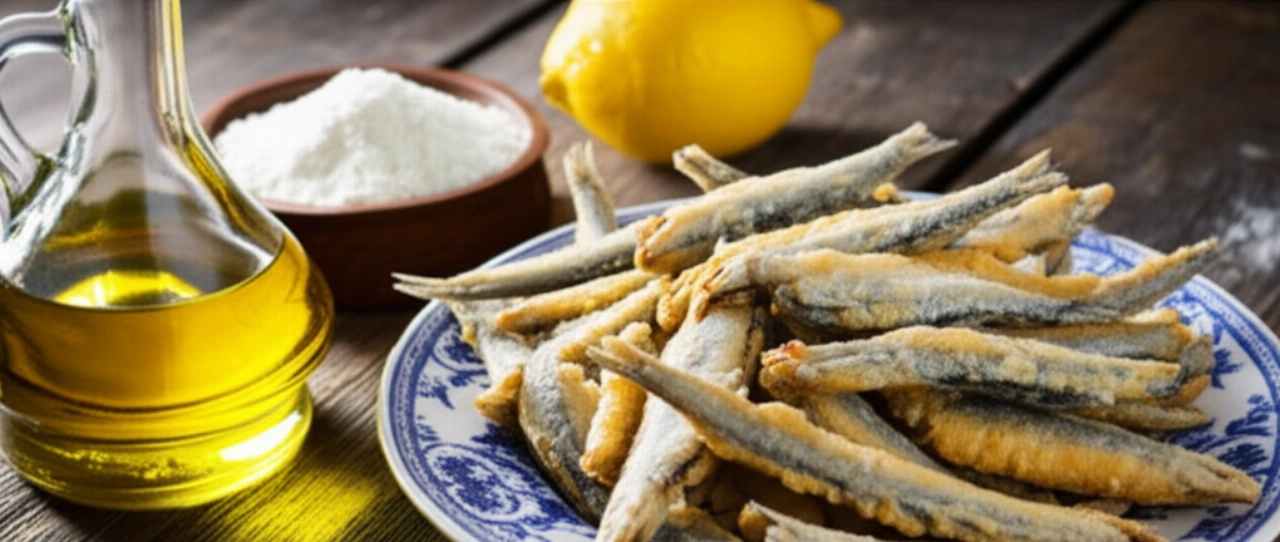
Grandma's Touch: The Secret to Golden and Dry Fried Anchovies
My grandmother, with her culinary wisdom, had an infallible trick for fried anchovies that made them legendary. It wasn't a complicated secret, but a gesture of precision and love. She always used to say: “They must be as light as a feather, and as crispy as an autumn leaf!”
Her secret was twofold: after flouring them, she gently shook them in a large-mesh sieve to remove any excess flour. This prevents excess flour from burning in the oil, making it dark and bitter, and ensures a thin, uniform coating. And then, once fried, she drained them not only on absorbent paper but also gently patted them on top, almost caressing them, to ensure every trace of grease was removed. It's this small gesture of care that makes the difference between a good fry and a memorable one.
Let's Prepare Golden Fried Anchovies Together: The Step-by-Step Guide
Ingredients (for 4 servings):
- 500 g very fresh anchovies
- 100 g durum wheat semolina flour (or all-purpose flour)
- 1 liter peanut oil (or high oleic sunflower oil)
- Fine salt to taste
- Lemon slices for serving
Equipment:
- Large-mesh sieve
- High-sided pan or deep fryer
- Kitchen thermometer (recommended)
- Absorbent paper
- Kitchen tongs or slotted spoon
Instructions:
- Prepare the Anchovies: If you haven't cleaned them already, here's how. Hold the anchovy by the head and, with your other hand, gently pull the head downwards, also tearing away the guts. Open the anchovy like a book and remove the central bone, starting from the head and gently pulling. Rinse them quickly under cold running water and, this is CRUCIAL, dry them one by one with absorbent paper, patting them carefully. They must be completely dry!
- Flour with Care: Pour the flour into a deep plate. Pass the anchovies, one at a time or a few at a time, through the flour, ensuring they are well coated. Then, transfer them to the large-mesh sieve and gently shake to remove all excess flour. This step is crucial for a light and crispy fry.
- Heat the Oil: Pour enough oil into the high-sided pan (or deep fryer) to completely submerge the anchovies. Heat the oil over medium-high heat. If you have a thermometer, bring the temperature to 170-175°C. If you don't, do the toothpick test: dip a small piece of bread; if it fries vigorously but without burning immediately, it's ready.
- Fry the Anchovies: When the oil is at temperature, immerse a few anchovies at a time (3-4 maximum, depending on the pan size). Do not overcrowd the pan! Fry for about 2-3 minutes per side, or until they are beautifully golden and crispy. You'll see they'll take on an inviting color.
- Drain and Serve: With a slotted spoon or tongs, drain the fried anchovies and immediately transfer them to a plate lined with plenty of absorbent paper. Gently pat them on top as well to remove excess oil. Salt immediately with fine salt, while they are still hot.
- Enjoy Immediately: Serve your Golden Fried Anchovies piping hot, perhaps with some fresh lemon slices. They are a light and delicious appetizer or main course, perfect for any occasion!
Tips and Frequently Asked Questions about Fried Anchovies
What is the best oil for frying anchovies?
Without a doubt, peanut oil. It has a very high smoke point (around 230°C) and a neutral flavor that doesn't alter the delicate taste of the fish. Alternatively, you can use high oleic sunflower oil, which has similar properties.
How to clean anchovies easily?
The simplest method is to detach the head with your fingers, pulling gently so that the guts also come out. Then, open the anchovy like a book and remove the central bone. Rinse quickly and dry carefully.
Can I use batter instead of flour?
Certainly! If you prefer a softer and more enveloping texture, you can prepare a light batter with very cold sparkling water and flour. However, for the traditional "golden" and super crispy recipe, flour alone is the best choice.
How to prevent fried anchovies from being greasy?
There are three secrets: very dry anchovies, oil at the right temperature (170-175°C), and not overcrowding the pan. Also, drain them immediately on absorbent paper and pat them well after frying.
Can fried anchovies be frozen?
Yes, but I advise against it. Fried anchovies are best enjoyed freshly made, when they are still hot and crispy. Freezing and then thawing them will cause them to lose much of their crispiness and they might become soggy. It's better to enjoy them immediately!
Your Seafood Masterpiece is Ready!
There you have it! Now you don't just have a recipe, but all the secrets to bring a dish to the table that tastes of home, sea, and love. Your Golden Fried Anchovies will be a triumph of crispiness and flavor, and your guests will ask for seconds (and the recipe, of course!).
Don't be afraid to experiment. Cooking is a gesture of creativity and an act of love. But start from this solid base and you'll see that applause won't be lacking. Every time you prepare them, you'll feel the aroma of tradition and the satisfaction of a perfectly successful dish.
Have you tried our recipe? We're very curious to see your masterpiece! Leave a comment below, tell us how it went, or share a photo on Instagram by tagging @CercaRicette.it. If you loved these anchovies, you can't miss our recipe for Sarde a Beccafico, another Sicilian classic, or our infallible Fried Cod for another textbook fry!
